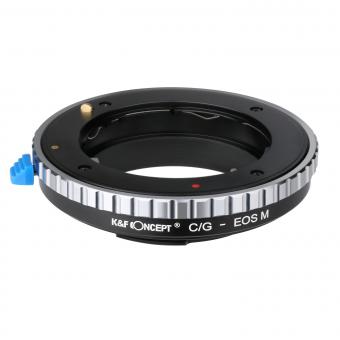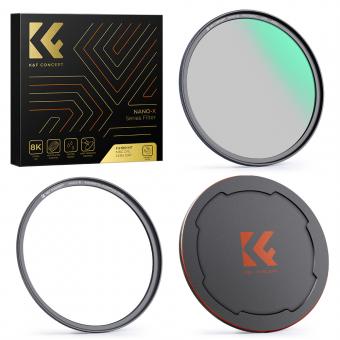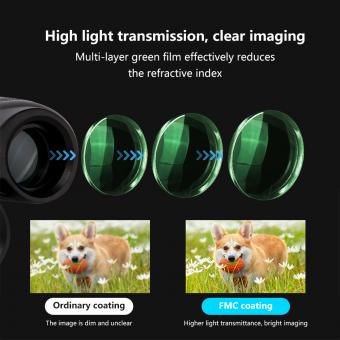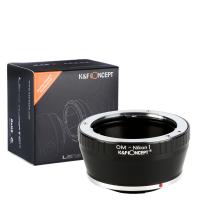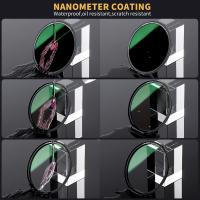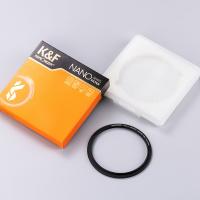Can Endoscopic Sleeve Gastroplasty Be Reversed ?
Endoscopic sleeve gastroplasty (ESG) is a minimally invasive weight loss procedure that involves reducing the size of the stomach using an endoscope. Unlike traditional bariatric surgeries, ESG does not involve any incisions or removal of any part of the stomach.
While ESG is considered a relatively safe and effective weight loss procedure, it is important to note that it is not reversible. Once the procedure is performed, the stomach is permanently altered, and it cannot be undone. Therefore, it is essential to carefully consider the potential risks and benefits of ESG before undergoing the procedure. It is also important to follow a healthy diet and exercise regimen after the procedure to achieve and maintain weight loss.
1、 Endoscopic sleeve gastroplasty (ESG) procedure
Endoscopic sleeve gastroplasty (ESG) is a minimally invasive weight loss procedure that involves reducing the size of the stomach using an endoscope. The procedure involves suturing the stomach from the inside to create a sleeve-like shape, which reduces the amount of food that can be consumed and leads to weight loss.
The question of whether ESG can be reversed is a common one among patients considering the procedure. While ESG is a relatively new procedure, there is currently no evidence to suggest that it can be reversed. Unlike other weight loss surgeries such as gastric bypass or gastric sleeve, ESG does not involve the removal or alteration of any part of the stomach or digestive system. Instead, it simply reduces the size of the stomach using sutures.
However, it is important to note that ESG is a permanent procedure, and patients should carefully consider the potential risks and benefits before undergoing the procedure. While ESG has been shown to be effective in promoting weight loss, it is not a magic solution and requires a commitment to lifestyle changes such as diet and exercise to maintain long-term weight loss.
In summary, while there is currently no evidence to suggest that ESG can be reversed, patients should carefully consider the potential risks and benefits before undergoing the procedure. It is important to work closely with a qualified healthcare provider to determine the best course of action for achieving long-term weight loss goals.
2、 Efficacy of ESG for weight loss
Can endoscopic sleeve gastroplasty be reversed? Yes, it is possible to reverse endoscopic sleeve gastroplasty (ESG), but it is a complex and risky procedure. ESG is a minimally invasive weight loss procedure that involves reducing the size of the stomach using an endoscope. The procedure is reversible, but it requires another endoscopic procedure to remove the sutures that were used to create the sleeve.
The efficacy of ESG for weight loss has been studied extensively, and the results have been promising. According to a recent study published in the journal Gastrointestinal Endoscopy, ESG resulted in an average weight loss of 17.6% of total body weight at 12 months post-procedure. The study also found that ESG was associated with improvements in metabolic parameters, such as blood pressure, cholesterol levels, and blood sugar levels.
However, it is important to note that ESG is not a magic solution for weight loss. Patients who undergo ESG still need to make lifestyle changes, such as adopting a healthy diet and engaging in regular exercise, to maintain their weight loss. Additionally, ESG is not suitable for everyone, and patients should consult with their healthcare provider to determine if it is the right option for them.
In conclusion, ESG can be reversed, but it is a complex and risky procedure. The efficacy of ESG for weight loss has been promising, but it is important to remember that it is not a magic solution and requires lifestyle changes to maintain weight loss. Patients should consult with their healthcare provider to determine if ESG is the right option for them.
3、 Potential complications of ESG
Potential complications of endoscopic sleeve gastroplasty (ESG) include bleeding, infection, perforation of the stomach, and adverse reactions to anesthesia. Additionally, there is a risk of weight regain if the patient does not adhere to a healthy diet and exercise regimen after the procedure. However, the overall risk of complications with ESG is relatively low compared to traditional weight loss surgeries such as gastric bypass or sleeve gastrectomy.
As for the question of whether ESG can be reversed, the answer is not straightforward. Unlike traditional weight loss surgeries, ESG is a non-surgical procedure that does not involve cutting or removing any part of the stomach. Instead, the stomach is reshaped using an endoscope and sutures. While the procedure is reversible in theory, it is not recommended as a routine practice.
Reversing ESG would require another endoscopic procedure to remove the sutures and restore the stomach to its original shape. However, this carries its own risks and may not be feasible in all cases. Additionally, reversing ESG would likely result in weight regain, as the procedure is intended to be a long-term solution for weight loss.
It is important for patients considering ESG to understand the potential risks and benefits of the procedure, as well as the importance of maintaining a healthy lifestyle after the procedure to achieve long-term weight loss success. As with any medical procedure, patients should discuss their individual risks and concerns with their healthcare provider.
4、 Reversibility of ESG
The reversibility of endoscopic sleeve gastroplasty (ESG) is a topic of debate among medical professionals. While ESG is a minimally invasive weight loss procedure that involves reducing the size of the stomach using an endoscope, it is not a permanent solution. The procedure is designed to help patients lose weight by limiting the amount of food they can consume, but it does not alter the digestive system or affect the absorption of nutrients.
Currently, there is no clear consensus on whether ESG can be reversed. Some medical professionals believe that the procedure can be reversed if necessary, while others argue that it is a permanent alteration to the stomach and cannot be undone.
However, it is important to note that ESG is a relatively new procedure, and there is limited long-term data on its effectiveness and reversibility. Some studies have suggested that ESG may be reversible, but more research is needed to confirm this.
In addition, it is important for patients to understand that ESG is not a quick fix for weight loss and should be considered a tool to help them achieve their weight loss goals. Patients should also be aware of the potential risks and complications associated with the procedure, including bleeding, infection, and perforation of the stomach.
Overall, while the reversibility of ESG is still a topic of debate, patients should carefully consider the potential benefits and risks of the procedure before making a decision.



